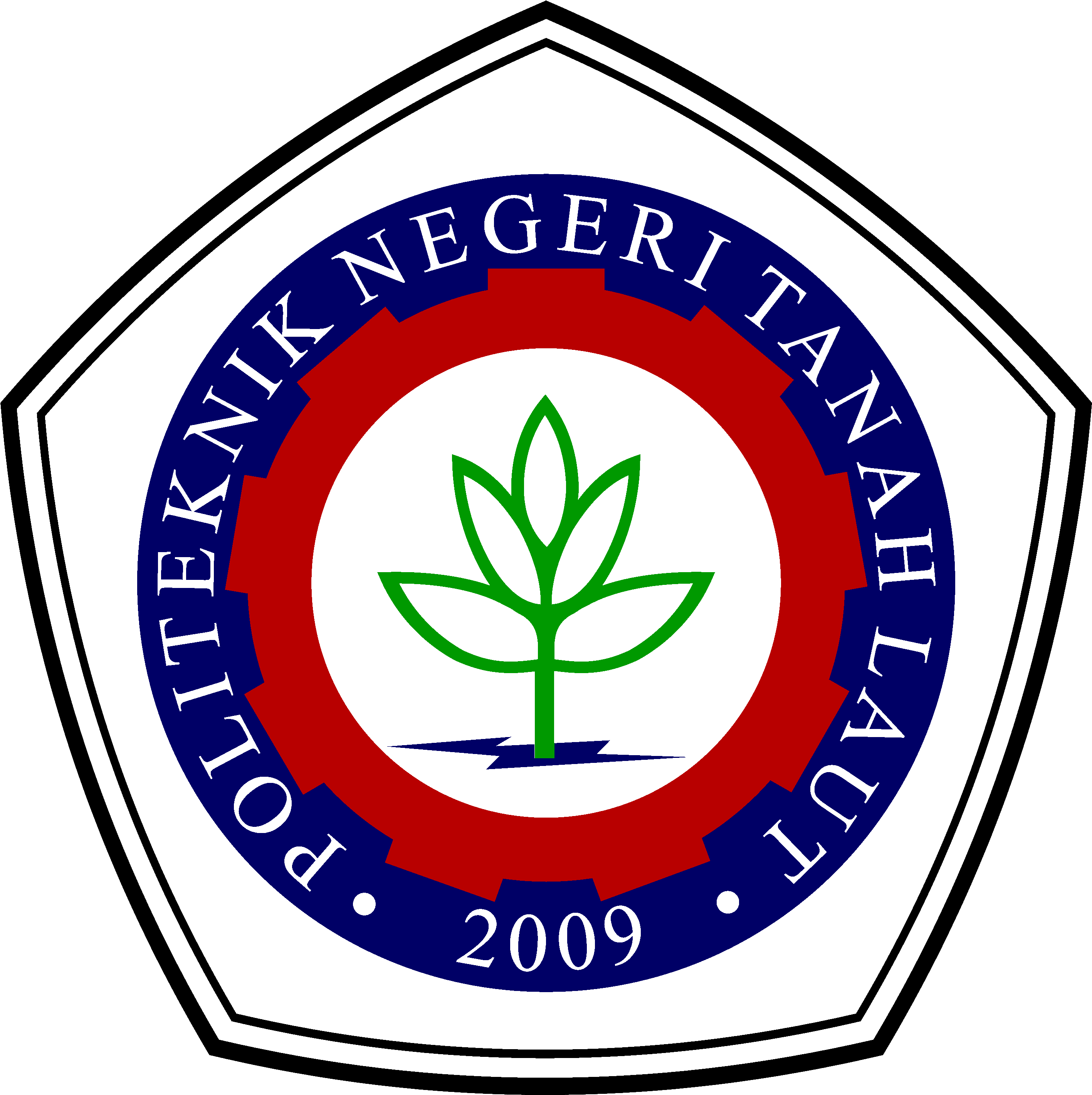THE EFFECT OF COATING DISTANCE IN THE THERMAL SPRAY ALUMINIUM (TSA) PROCESS ON COATING BOND STRENGTH AND COATING THICKNESS ON AISI 1020 STEEL
DOI:
https://doi.org/10.34128/je.v11i1.275Keywords:
thermal spray, steel, distance, bond strengthAbstract
Thermal spray arc is a familiar coating method used around 100 years ago. This coating technique was chosen to reduce damage and improve the surface quality of materials with coating bonds that are in direct contact with extreme marine environments. The minimum thickness of the TSA coating is around 100 – 500 µm. According to NACE/AWS/SSPC, a coating layer submerged in seawater will lose 20 µm every year, for a minimum bond strength of 6.89 Mpa. The research aims to analyze the effect of coating distance on AISI 1020 steel. The tests carried out are dry film thickness, pull of adhesive, and bending tests. This research uses distance variations of 150 mm, 250 mm, 350 mm. The research results show that the use of distance has an effect on the bond strength of the layer and the substrate. The best bond strength and bending ability values were found at a distance of 350 mm, with a coating strength of 10.81 Mpa and no bending cracks. Increasing distance variations in the thermal spray process increases bond strength and bending ability.
References
Suyitno, BAHAN TEKNIK UNTUK REKAYASA (Logam Ferro). Yogyakarta: Penerbit Pustaka Pranala, 2021.
A. P. Sandi, E. G. Suka, and Y. I. Supriyatna, “Pengaruh Waktu Elektroplating Terhadap Laju Korosi Baja AISI 1020 Dalam Medium Korosif NaCl 3%,” J. Teor. dan Apl. Fis., vol. 05, no. 02, pp. 205–212, 2017.
Suswanto and M. Suchaimi, “Pengaruh Jarak,” pp. 35–40, 2017.
C. Prilyanto and R. M. M. G. G, “Pengaruh Variasi Jumlah Lapisan Thermal Spray Coating Menggunakan Silicon carbida ( SiC ) Terhadap Kekerasan Permukaan Baja Karbon S45C,” ITEKS(Intuisi Teknol. Dan Seni, no. 1, pp. 44–52, 2019.
R. Lusiani, A. Munandar, E. Listijorini, I. Saefuloh, S. Ula, and S. Sunardi, “Perilaku Aus Dan Korosi Lapisan Baja Tahan Karat 420 Dengan Metode Electric Arc Spray,” J. Rekayasa Mesin, vol. 14, no. 1, pp. 127–136, 2023, doi: 10.21776/jrm.v14i1.1101.
M. A. Hidayanto, C. Pramono, S. Hastuti, A. Nurdin, and I. R. Al, “Pengaruh Voltage Pada Proses Thermal Spray Aluminium Terhadap Kekuatan Ikatan Lapisan Coating Pada Baja St 60,” vol. 6, no. 2, pp. 27–35, 2023.
D. F. Fitriyana, G. D. Haryadi, S. Sulardjaka, N. Iskandar, and A. G. Amrizal, “Pengaruh Jarak Penembakan pada Pelapisan 95MXC Terhadap Sifat Kekerasan dan Keausan Material SS 304 dengan metode Twin Wire Arc Spray (TWAS),” Rotasi, vol. 20, no. 4, p. 202, 2019, doi: 10.14710/rotasi.20.4.202-206.
T. S. Sidhu, S. Prakash, and R. D. Agrawal, “Studies on the properties of high-velocity oxy-fuel thermal spray coatings for higher temperature applications,” Mater. Sci., vol. 41, no. 6, pp. 805–823, 2005, doi: 10.1007/s11003-006-0047-z.
M. Nasution and R. H. Nasution, “Analisak Ekerasan Dan Struktur Mikro Baja Aisi1020 Terhadap Perlakuan Carburizing Dengan Arang Batok Kelapa,” Bul. Utama Tek., vol. 15, no. 2, p. 165, 2020.
ISO 8501, “ISO 8501-1:2007(E) Contents / Preparation of steel substrates before application of paints and related products Visual assessment of surface cleanliness,” vol. 27, no. 0, pp. 123–128, 2020.
L. Berger, “Int . Journal of Refractory Metals and Hard Materials Application of hardmetals as thermal spray coatings,” Rmhm, vol. 49, pp. 350–364, 2014, [Online]. Available: http://dx.doi.org/10.1016/j.ijrmhm.2014.09.029
A. International, Hand Book Thermal Spray Technology. 2004.
C. T. Nugroho, H. Pratikno, and A. Purniawan, “Analisa Pengaruh Material Abrasif Pada Blasting Terhadap Kekuatan Lekat Cat dan Ketahanan Korosi di Lingkungan Air Laut,” J. Tek. ITS, vol. 5, no. 2, pp. 231–235, 2017, doi: 10.12962/j23373539.v5i2.18090.
F. J. Antunes, V. R. dos S. de Sá Brito, I. N. Bastos, and H. R. M. Costa, “Characterization of FeCr and FeCoCr alloy coatings of carbon steels for marine environment applications,” Appl. Adhes. Sci., vol. 1, no. 1, pp. 1–10, 2013, doi: 10.1186/2196-4351-1-3.
N. 2110. Standar Practice Item, “Specification for the application of thermal spray coatings (metallizing) of aluminum, zinc, and their alloys and composites for the corrosion protection of steel,” vol. 4656, no. 21100, p. 37, 2016.
Y. Pang, C. Zhang, H. Zhou, and L. Liu, “On the bonding strength in thermally sprayed Fe-based,” surf Coat. teckno, vol. 218, 2013, [Online]. Available: On the bonding strength in %0Athermally sprayed Fe-based
Downloads
Published
How to Cite
Issue
Section
License
Copyright (c) 2024 ELEMEN : JURNAL TEKNIK MESIN

This work is licensed under a Creative Commons Attribution 4.0 International License.




